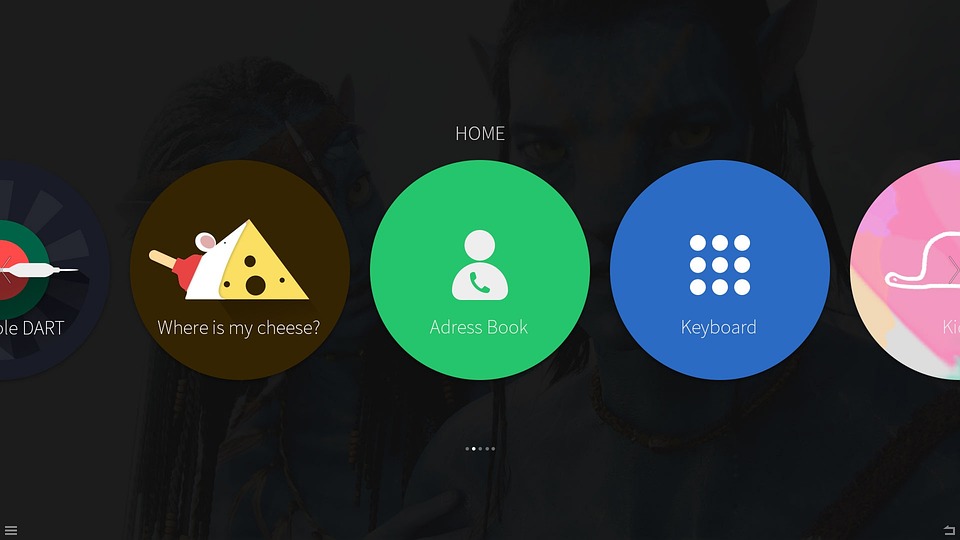As we step into 2024, the landscape of user interface (UI) design continues to evolve at an unprecedented pace. Innovations driven by advancements in technology, evolving user expectations, and the demand for seamless digital experiences are informing the future of interfaces. Here, we explore key trends that are set to shape UI design in the coming year.
1. AI-Driven Personalization
Personalization in UI design is not new, but with the integration of artificial intelligence, it has reached unprecedented levels. In 2024, we can expect UIs that adapt in real-time to individual user behaviors, preferences, and contexts. AI algorithms will analyze user interactions to tailor content, layouts, and navigation paths, ultimately creating a more engaging experience. This shift will not only enhance usability but also transform how brands connect with their audiences on a personal level.
2. Voice and Conversational Interfaces
The rise of voice-activated technology has transformed user interactions. In 2024, we’ll see a significant escalation in the adoption of voice and conversational interfaces across various platforms. These UIs will utilize natural language processing (NLP) to understand and respond to user queries effectively. Chatbots and voice assistants will become integral to apps and websites, providing users with easy navigation and assistance without the need for traditional input methods.
3. Augmented Reality (AR) and Virtual Reality (VR)
AR and VR technologies are no longer limited to gaming but are making waves in UI design across various sectors, including retail and education. As we move into 2024, expect to see interfaces that blend physical and digital experiences, offering users immersive interactivity. Retail apps might allow users to visualize how products fit into their home environments through AR, while educational platforms could utilize VR for experiential learning.
4. Minimalist and Functional Design
Despite the increasing complexity of technology, the trend toward minimalist and functional design continues to thrive. Users are increasingly seeking interfaces that prioritize simplicity and ease of use. In 2024, expect UI designs that eliminate unnecessary elements, focusing instead on primary tasks and functionality. This will not only enhance user satisfaction but also improve accessibility, making digital experiences more inclusive.
5. Biometric Authentication
As concerns over privacy and security grow, biometric authentication will become more prevalent in UIs. In 2024, we’ll see an increase in the use of fingerprint scanning, facial recognition, and even voice recognition as key security features. These methods will streamline the login process while providing a higher level of security, fostering user trust and enhancing overall experience.
6. Design Systems and Component Libraries
The rapid growth of digital products makes scalability more crucial than ever. In 2024, the adoption of design systems and component libraries will become standard practice for organizations. These systems promote consistency across platforms, streamline the design process, and ensure that teams work efficiently. Designers and developers can leverage reusable components to maintain brand identity while enhancing the speed of product delivery.
7. Sustainability in UI Design
As societal awareness of environmental issues increases, sustainability is becoming a critical factor in UI design. In 2024, we anticipate more designers considering the environmental impact of their choices—optimizing digital products to use less energy, minimizing waste in the digital environment, and promoting sustainable practices. This includes designing for longevity, ensuring that interfaces remain relevant and functional over time.
8. Neumorphism and 3D Interfaces
Neumorphism—a design trend that blends flat design with a soft, almost three-dimensional look—will continue to intrigue designers in 2024. This approach offers a unique tactile experience that can enhance visual interest. Additionally, the integration of subtle 3D elements into user interfaces will allow for more engaging patterns that attract users visually and functionally.
Conclusion
The digital landscape is ever-changing, and the trends shaping UI design in 2024 reflect a strong emphasis on personalization, accessibility, and immersive experiences. By embracing these trends, designers will not only enhance user interactions but also contribute to a more sustainable and user-centered digital world. As we look forward, the future of UI promises to be not only innovative but also deeply aligned with the evolving needs of users across the globe.



